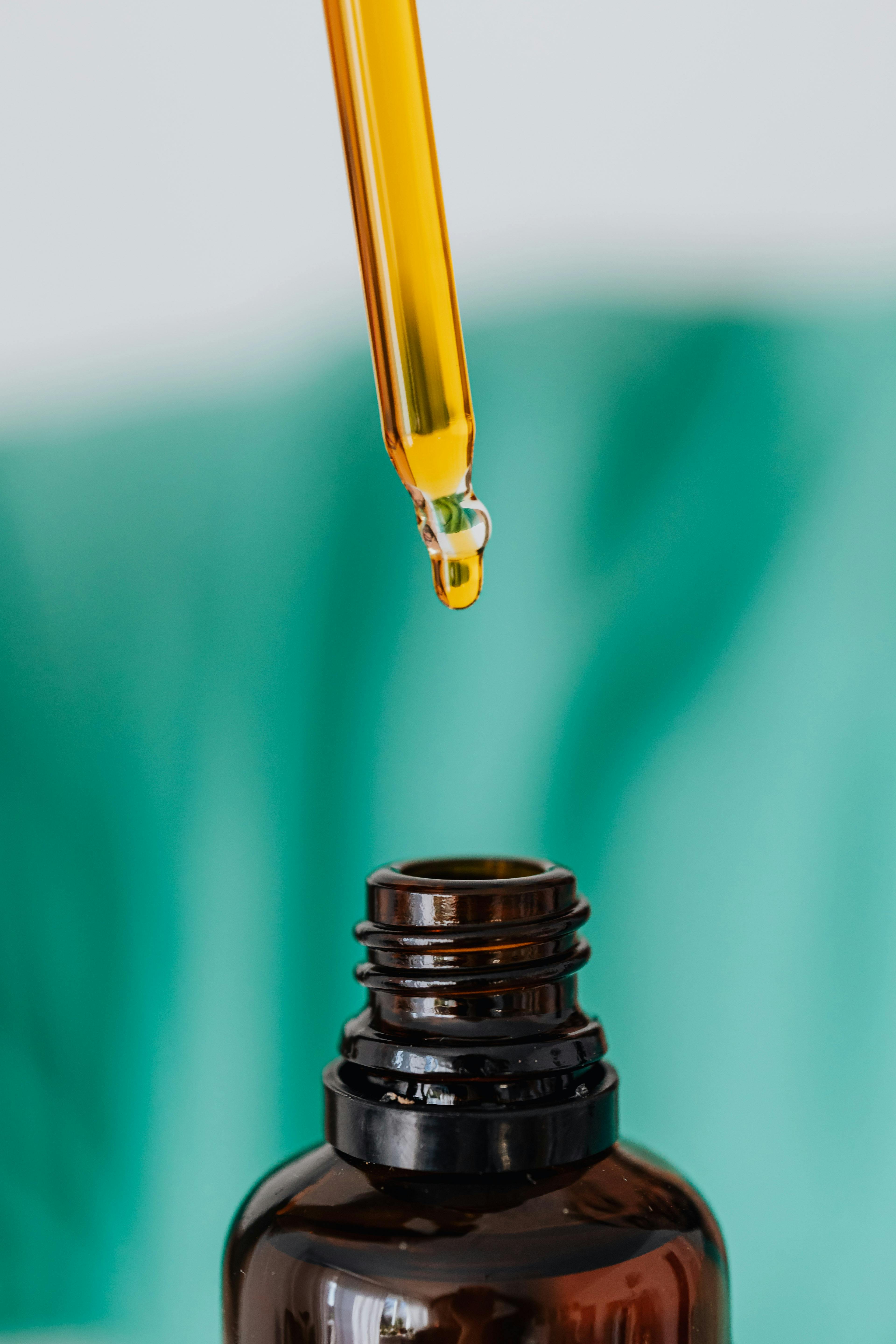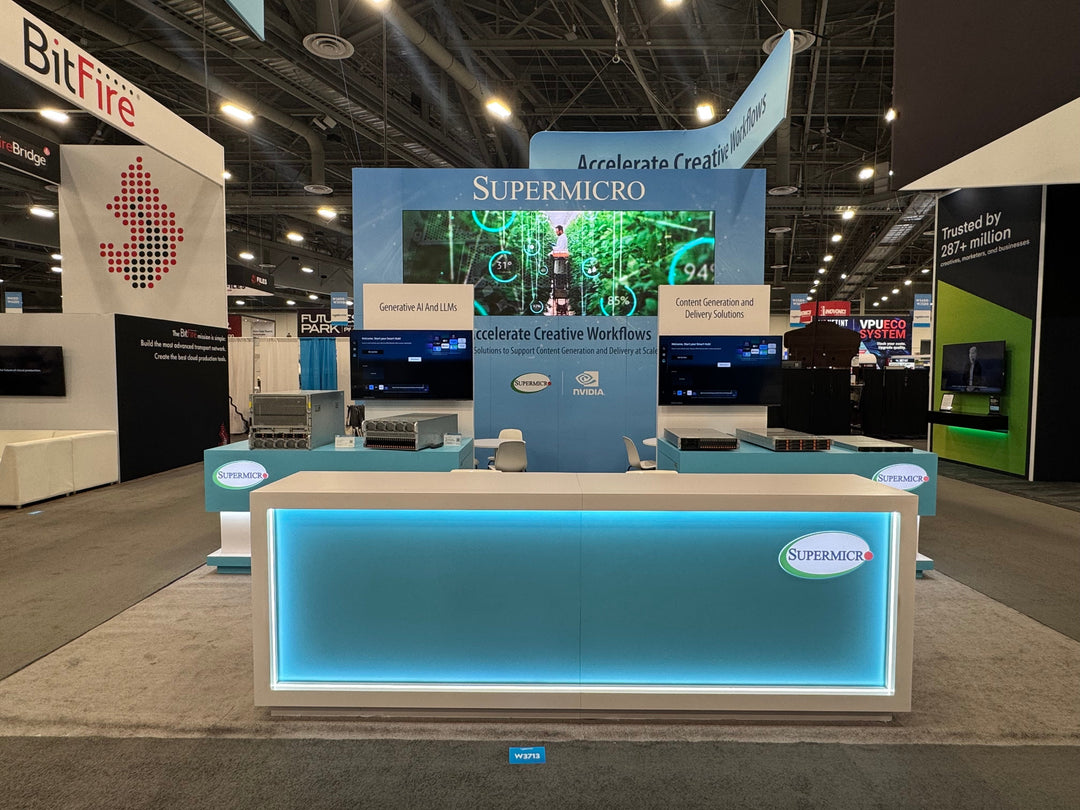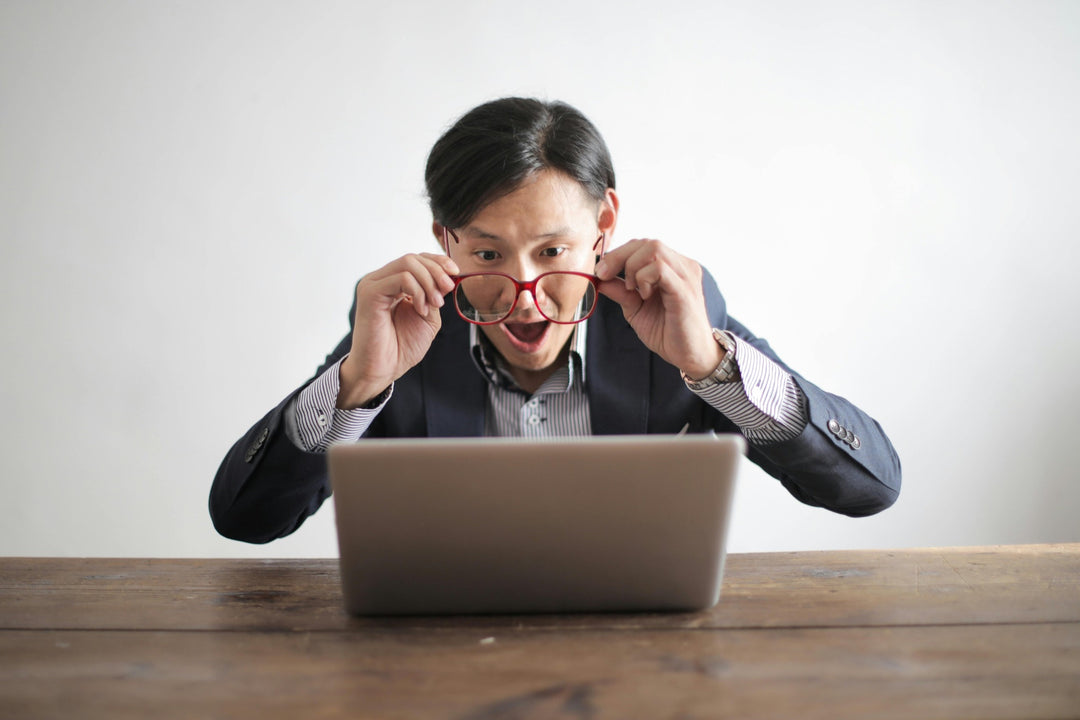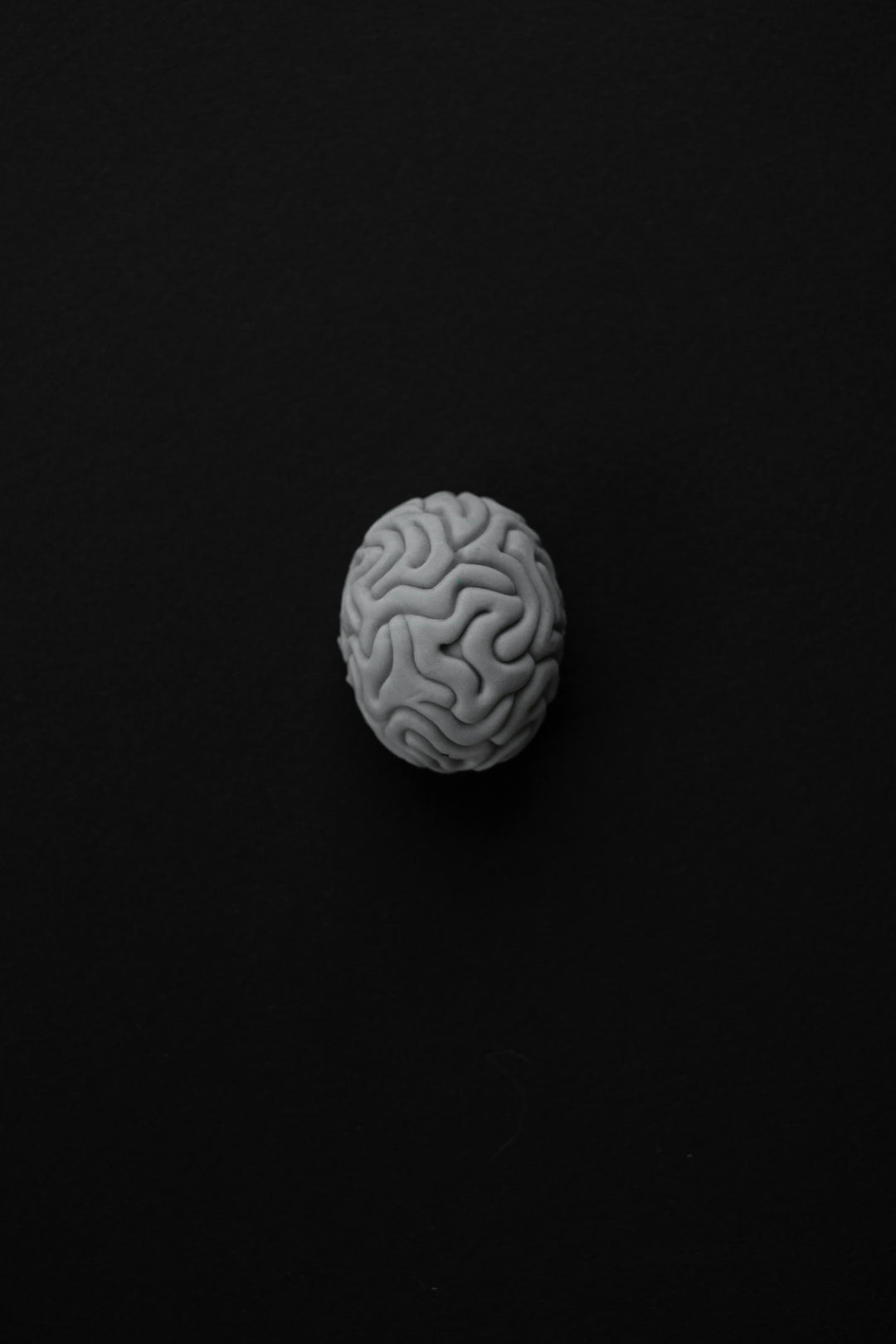Why Sensory Engagement Matters
In today’s competitive trade show environment, it’s not enough to simply attract attention—you must hold it. Brands that leave lasting impressions are those that go beyond visual aesthetics and engage visitors on a deeper, more emotional level. That’s where multi-sensory booth design comes in.
By appealing to all five senses—sight, sound, touch, smell, and taste—you can transform your booth from a static display into an immersive brand experience. At KSM Exhibits, we help companies craft booths that don’t just look good, but feel, sound, smell, and even taste good too.
In this guide, we’ll explore:
-
The science and psychology behind sensory marketing
-
How to activate each of the five senses in your booth
-
Best practices and real-world examples
-
Tips to keep the experience on-brand and compliant
-
How KSM Exhibits can bring your sensory vision to life
The Psychology of Multi-Sensory Marketing
Multi-sensory design taps into the emotional brain, where memories and brand associations are formed. According to researchers:
-
People recall 80% of what they experience versus only 20% of what they read.
-
Stimulating more than one sense increases brand impact by 70%.
-
Sensory elements create a feeling of presence, increasing dwell time and engagement.
In essence, a booth that stimulates multiple senses doesn’t just tell a story—it immerses attendees in one.
Engaging the Five Senses in Booth Design
1. Sight: Your First (and Often Lasting) Impression
Visual appeal is foundational—but not just about colors and logos. It’s about directing attention, sparking curiosity, and communicating value in seconds.
Best Practices:
-
Use dynamic lighting to guide attention and create ambiance.
-
Incorporate motion graphics, LED walls, or AR displays for visual interest.
-
Showcase your products or services with clear signage and on-brand visuals.
-
Design for line of sight and depth—different perspectives offer new discoveries.
Example:
A cosmetics brand used a 360° rotating product pedestal with illuminated mirrors, allowing visitors to view textures and packaging from every angle.
2. Sound: Set the Mood or Drive Interaction
Sound is often underutilized, but it can drastically influence emotion and memory. Whether it’s music, voiceovers, or interactive audio, sound can energize or soothe attendees.
Best Practices:
-
Choose background music that aligns with your brand vibe (e.g., upbeat for tech, ambient for wellness).
-
Use directional speakers or sound domes to avoid disrupting neighboring booths.
-
Integrate interactive audio cues (e.g., a chime when a touchscreen is tapped).
-
If giving presentations, ensure microphone and speaker quality is high.
Example:
A gaming company created a soundscape with layered ambient effects mimicking a virtual world, which played only when guests stepped into a designated demo zone.
3. Touch: Let Visitors Feel the Difference
Physical engagement creates powerful memory links. Allowing people to interact with your products—or even your booth elements—makes your brand tangible.
Best Practices:
-
Use textured surfaces—leather, metal, fabric—to align with product aesthetics.
-
Design demo stations for hands-on product interaction.
-
Offer interactive elements like tablets, knobs, sliders, or samples that respond to touch.
-
Provide furniture and spaces that invite people to sit, relax, or explore.
Example:
A tech startup displayed their smart materials on panels that changed shape or color when touched—converting curiosity into conversation.
4. Smell: The Most Powerful Memory Trigger
Smell is the sense most closely tied to memory. A signature scent can evoke familiarity, relaxation, or excitement—all of which strengthen brand recall.
Best Practices:
-
Use discreet diffusers to release subtle but noticeable aromas.
-
Match the scent to your brand identity (e.g., citrus for energy, vanilla for comfort).
-
Make sure the fragrance is not overpowering and doesn’t conflict with neighboring booths.
-
For product-based smells (perfumes, food, skincare), ensure the display is interactive and clean.
Example:
A wellness brand used eucalyptus-scented diffusers in a zen-themed lounge, complementing their message of stress reduction and clarity.
5. Taste: The Most Delightful Surprise
While not every brand can offer samples, when done right, taste can drive serious engagement. Food and drink samples increase dwell time and conversation naturally.
Best Practices:
-
Partner with a licensed caterer or vendor familiar with trade show health codes.
-
Provide branded packaging for takeaway snacks.
-
Match flavors with the theme or region (e.g., tropical drinks for a travel brand).
-
Ensure food is easy to consume—no mess, no prep required.
Example:
A coffee equipment manufacturer offered a mini barista station with espresso samples, using their own machines and allowing guests to customize their drinks.
Tips for Creating a Cohesive Multi-Sensory Booth
Stay On Brand
Every sensory element should reinforce your identity. A luxury brand might opt for velvet textures, soft lighting, and piano music, while a tech startup may lean into sharp visuals, clean lines, and upbeat EDM.
Avoid Overstimulation
Engaging all five senses doesn’t mean throwing everything at once. Balance is key. Too much stimulation can feel chaotic or cause sensory fatigue.
Prioritize Flow and Accessibility
Make sure your booth layout allows smooth traffic flow, intuitive interaction, and ADA compliance. A cluttered or confusing setup can undermine even the most immersive sensory experience.
Consider Health and Safety
Always follow venue and health regulations, especially with food, scents, and sound levels. Some attendees may have allergies or sensitivities.
Real-World Applications Across Industries
|
Industry |
Sensory Example |
|
Tech |
Touchscreen demos, digital scent diffusers, futuristic lighting |
|
Food & Beverage |
Tasting samples, ambient cooking smells, textured packaging displays |
|
Fashion |
Fabric touch displays, runway soundtrack loops, fragrance misting |
|
Healthcare |
Calming visuals, soft ambient sounds, clean scents to communicate sterility |
|
Travel & Tourism |
Immersive VR with wind or scent generators, tropical drink samples, beach visuals |
How KSM Exhibits Helps You Build Sensory Success
Designing a multi-sensory booth requires a team that understands strategy, fabrication, logistics, and psychology. At KSM Exhibits, we specialize in building immersive environments that go beyond expectations. Here’s how we support your vision:
-
Custom fabrication tailored to each sensory element
-
AV integration for seamless sound and visual displays
-
Furniture and material sourcing to align with tactile goals
-
Partner management for food, scent, and AR/VR tech
-
Compliance guidance to meet all event regulations
Whether you're starting with a concept or looking to upgrade an existing booth, we collaborate closely to ensure every element contributes to a truly unforgettable experience.
Conclusion: Leave a Lasting Impression—One Sense at a Time
Trade shows are crowded, competitive, and full of distractions. But when you engage attendees on multiple sensory levels, you cut through the noise and create emotional connections that last long after the event ends.
Want to build a booth that activates all five senses—and drives serious business results?





